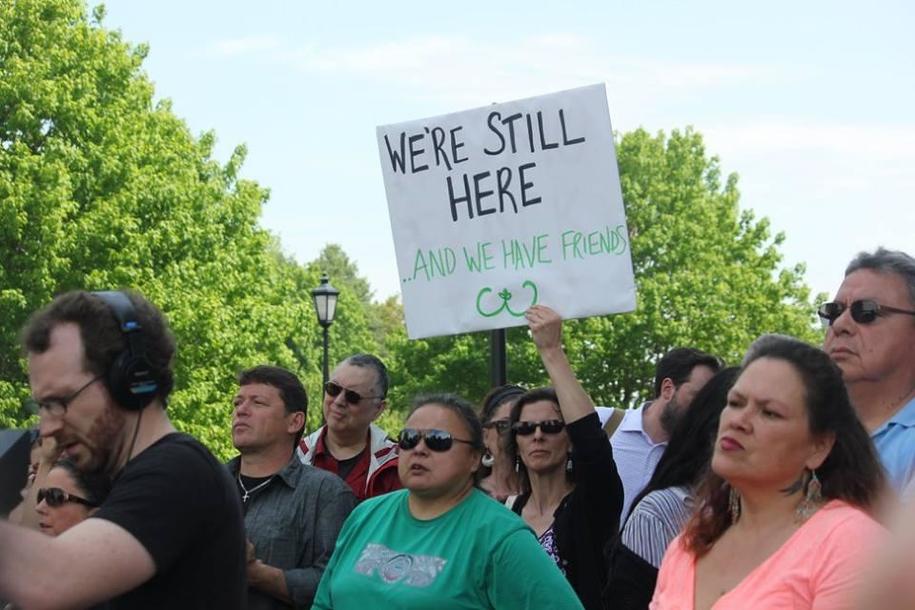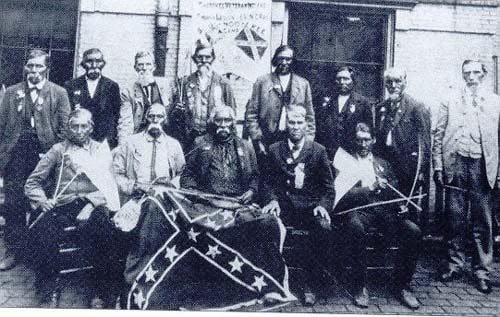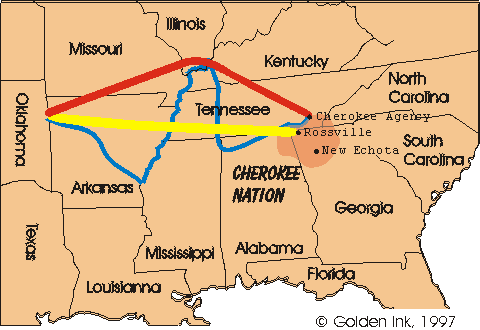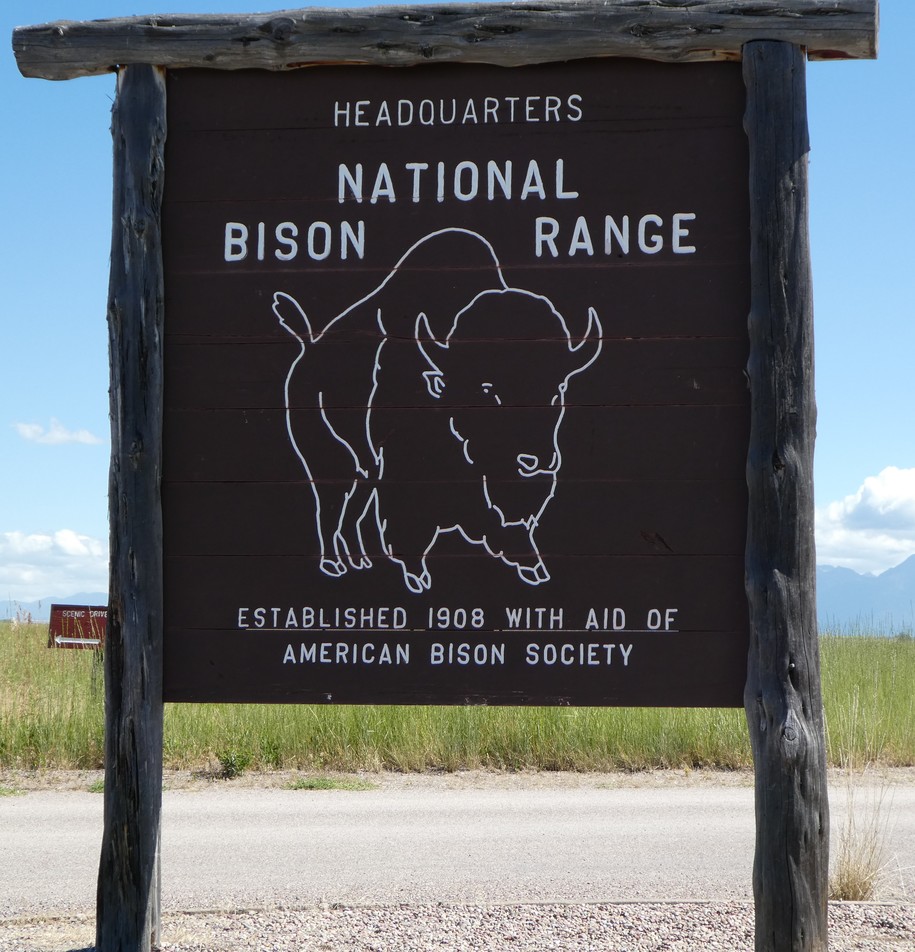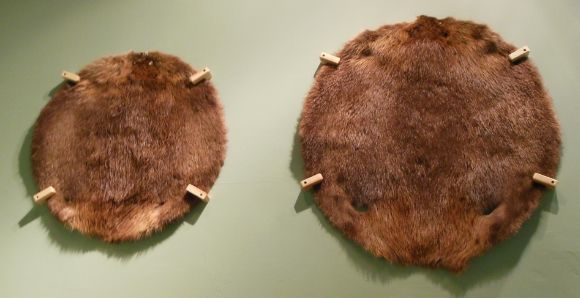Indian Boarding Schools: Cultural Assimilation and Destruction
What happened inside of the walls of the Indian Boarding School that was to the right here? Let’s look to history for some feasible answers. (all bold mine) RICHARD PRATT — “KILL THE INDIAN, SAVE THE MAN” The Social Welfare Forum: Official Proceedings [of The] Annual Forum As we have taken into our national family … Continued




